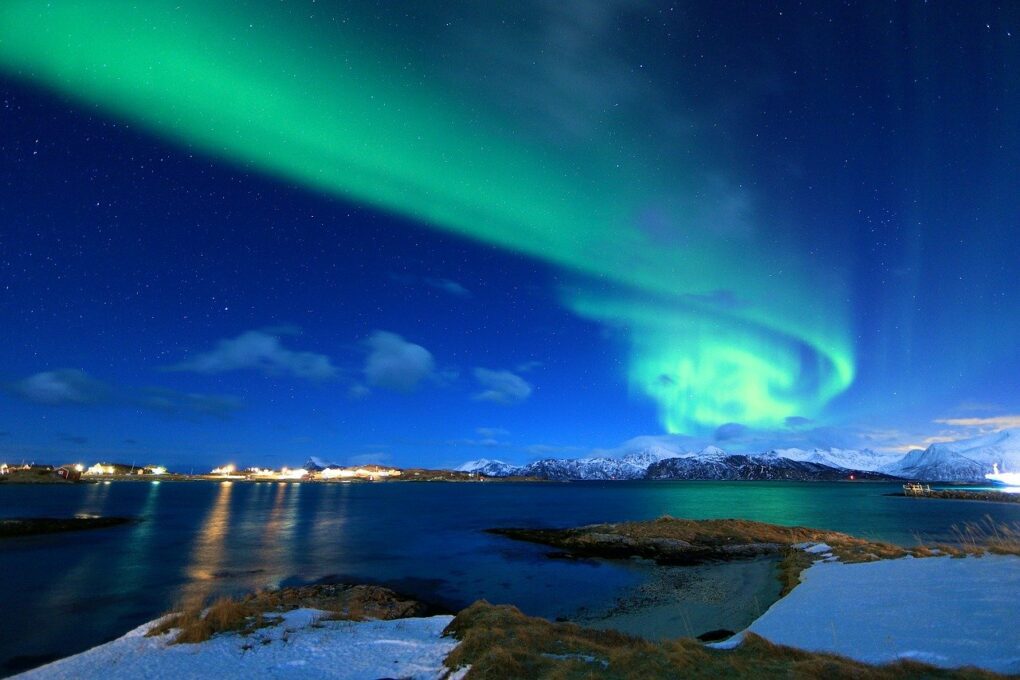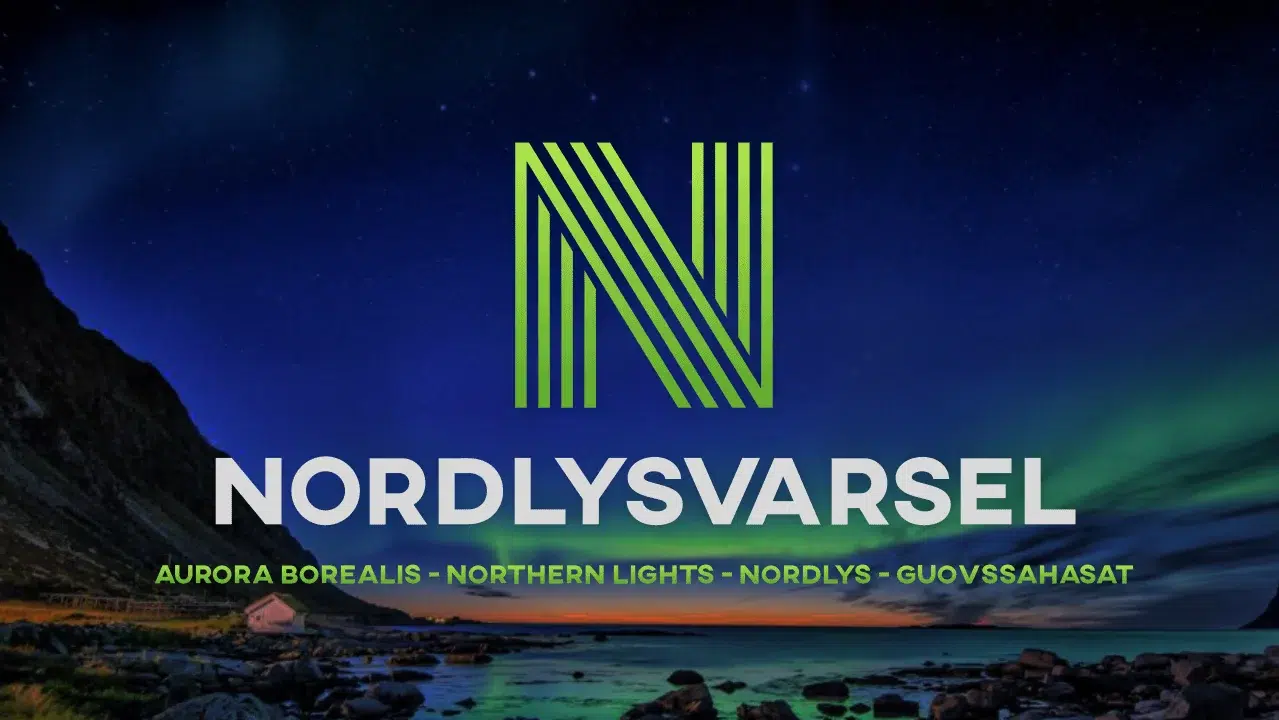The Northern Lights, or Aurora Borealis, is one of nature’s most spectacular and mysterious phenomena. Unfortunately, it has also become a source of much misinformation and myths. In this article, we will take a closer look at five things you might have heard about the Northern Lights that aren’t true.

The Northern Lights are only visible in winter.
A common misconception about the Northern Lights is that they are only visible in winter. This is likely because winter is the best time to see the Northern Lights due to the polar night in high latitudes. However, the Northern Lights can actually be seen year-round, although it may be more challenging to spot them during the summer due to the bright nights.
The Northern Lights are dangerous
It is a common misconception that the Northern Lights can be dangerous to observe. However, this is not true, as the Northern Lights do not emit any form of radiation or other harmful effects. In fact, the Northern Lights are simply an atmospheric phenomenon that occurs when solar wind interacts with Earth’s magnetosphere. However, it is important to dress warmly when viewing the Northern Lights, especially in winter, as temperatures can be extremely low.
The Northern Lights are a rare phenomenon
Many people believe that the Northern Lights are a very rare phenomenon that can only be witnessed a few times in a lifetime. However, this is not true. The Northern Lights can actually be seen quite frequently in certain areas and under specific conditions. Regions near the magnetic poles and far away from light pollution are more likely to witness the Northern Lights
The Northern Lights are always green
A common misconception about the Northern Lights is that they are always green. While green is the most common color of the Northern Lights, they can also appear in other colors, including pink, red, blue, and purple. The color of the Northern Lights depends on the gases present in the atmosphere and the altitude at which the aurora occurs.
The Northern Lights can predict the gender of a baby
This is an old myth that still persists today. According to this myth, the Northern Lights can predict the gender of a baby based on their color: green for boys and pink for girls. This, of course, is entirely untrue. The Northern Lights are an atmospheric phenomenon and have no connection to human biology or reproduction. So, if someone tells you they can predict a baby’s gender based on the color of the Northern Lights, you can safely dismiss it as a myth.
Summary
In summary, the Northern Lights are a beautiful and fascinating natural phenomenon, but it’s important to distinguish fact from fiction when it comes to this phenomenon. Although spotting the Northern Lights can be challenging, especially for those living in areas with significant light pollution, it can be an awe-inspiring experience when you do see it. And best of all, it is entirely safe to observe.

